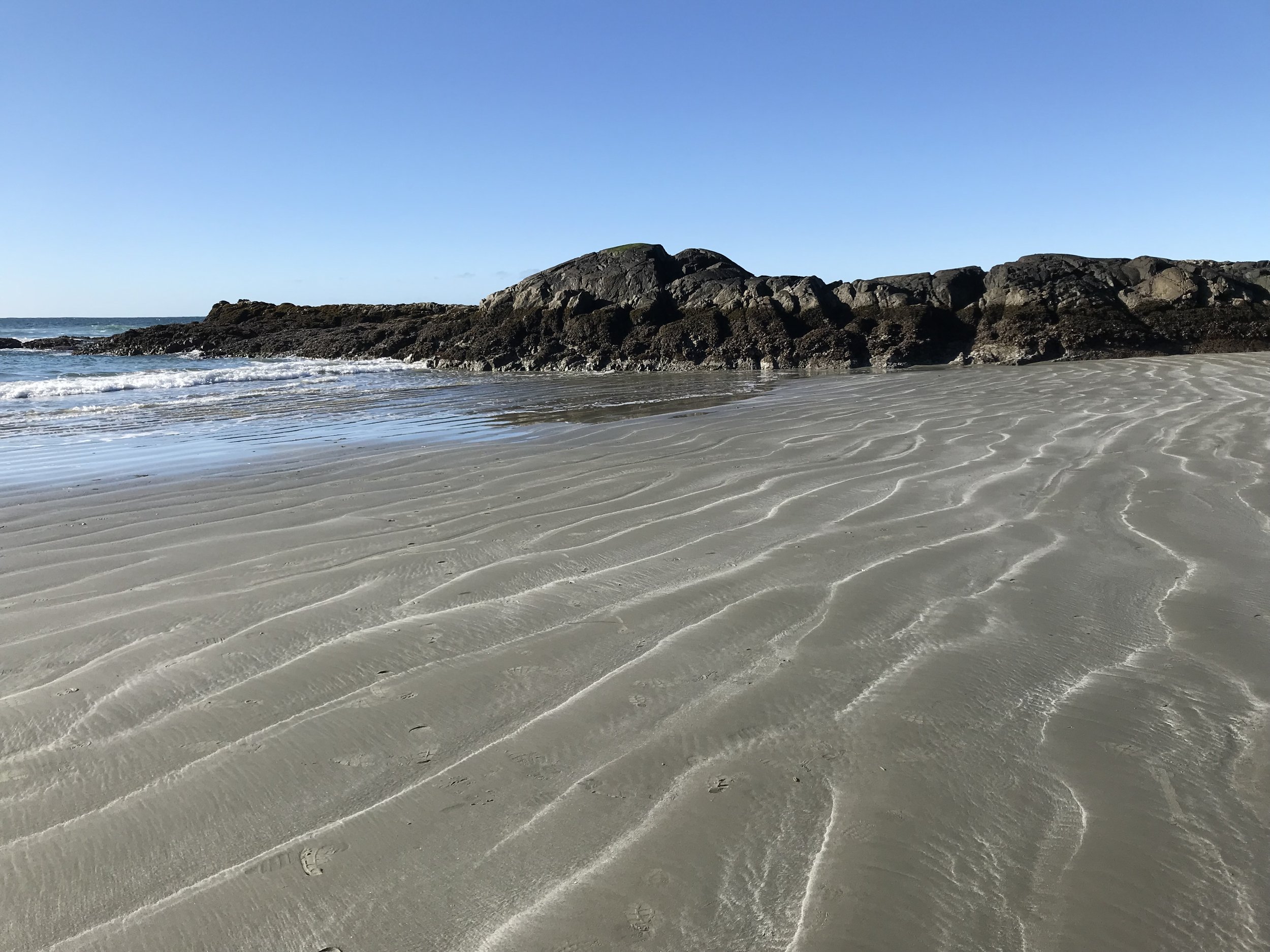
Writing With a Broken Tusk
Writing With a Broken Tusk began in 2006 as a blog about overlapping geographies, personal and real-world, and writing books for children. The blog name refers to the mythical pact made between the poet Vyaasa and the Hindu elephant headed god Ganesha who was his scribe during the composition of the Mahabharata. It also refers to my second published book, edited by the generous and brilliant Diantha Thorpe of Linnet Books/The Shoe String Press, published in 1996, acquired and republished by August House and still miraculously in print.
Since March 2024, Jen Breach (writer, VCFA graduate, and former student) has helped me manage guest posts and Process Talk pieces on this blog. They have lined up and conducted author/illustrator interviews and invited and coordinated guest posts. That support has helped me get through weeks when I’ve been in edit-copyedit-proofing mode, and it’s also introduced me to writers and books I might not have found otherwise. Our overlapping interests have led to posts for which I might not have had the time or attention-span. It’s the beauty of shared circles.


Alone Together: The Magic of Shared Reading—Part 1
I joined a book discussion last month through the Democratic Party’s Global Women’s Caucus. The book we all read is an iconic text—Parable of the Sower by Octavia Butler, which I’ve focused on earlier in this blog. The first of the trilogy, it was published in 1993, and behold! The years that it’s set in have become our present.
“The wall before me is burning. Fire has sprung from nowhere, has eaten in through the wall, has begun to reach toward me, reach for me.”
Fire dreams feel like the reality of our time. (For more on a fictional depiction of fire in our pyrocene age, see Caroline Starr Rose’s reflections on her novel, The Burning Season.) But fire is just one of the elements that make Butler’s work feel astonishingly prescient.
One thread we discussed was the struggle between the comforts and costs of living in the modern industrial world. The protagonist, Lauren Olamina, dreams of the stars:
“The Destiny of Earthseed is to take root among the stars,” I said. “That's the ultimate Earthseed aim, and the ultimate human change short of death. It's a destiny we’d better pursue if we hope to be anything other than smooth-skinned dinosaurs—here today, gone tomorrow, our bones mixed with the bones and ashes of our cities, and so what?”
In reality, look how that dream, which feels so boldly innocent in Butler’s telling, has now been coopted by shamelessly rich men toward their own selfish ends.
